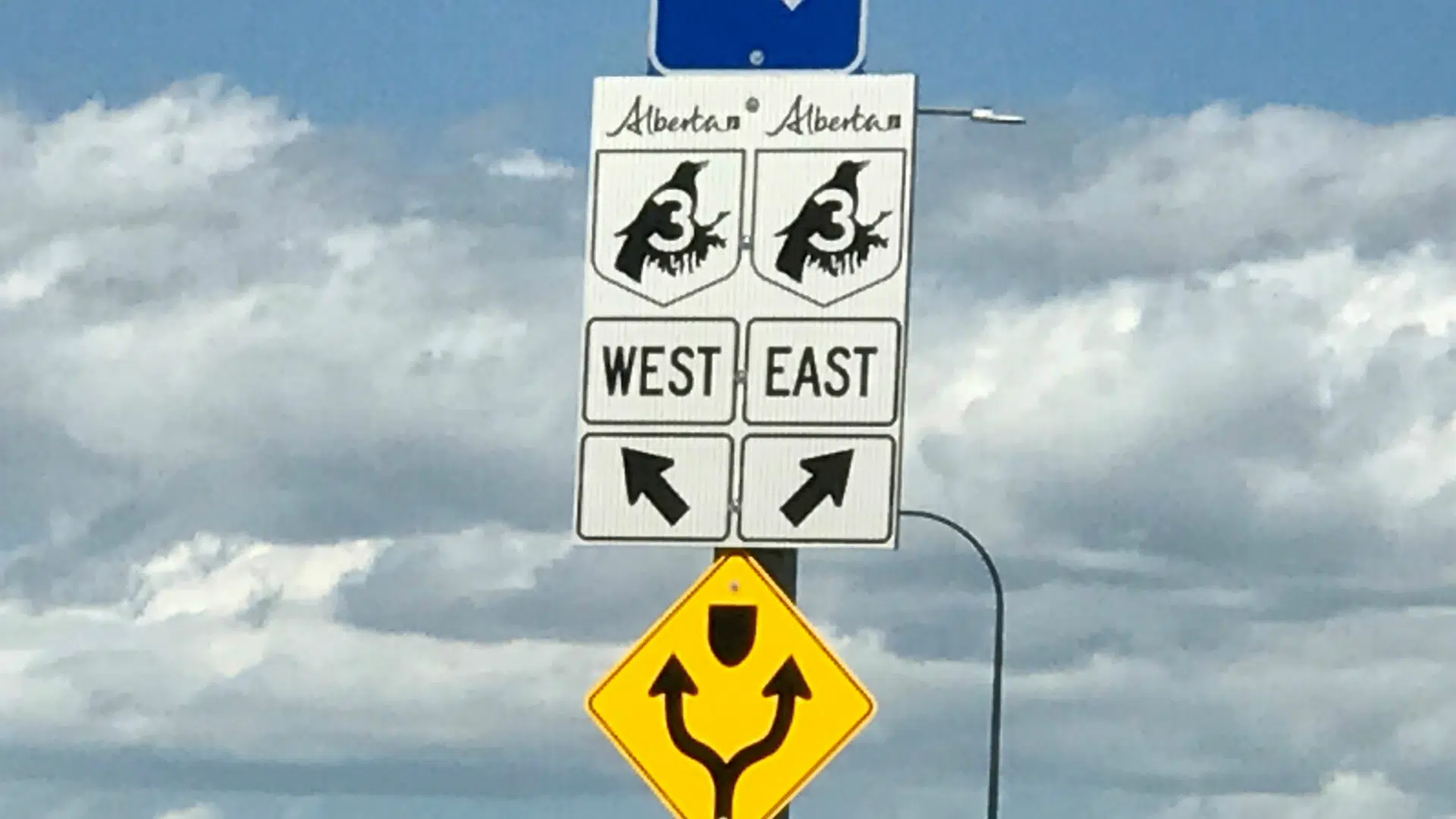
Open house to discuss planning study for Highway 3 twinning
TABER – There are ambitious ideas for southern Alberta’s Crowsnest Highway. But it will be years before they’re realized.
The province intends to convert Highway 3 to a freeway that will stretch from the B.C. boundary at Crowsnest Pass all the way to the eastern end of the highway at Medicine Hat. Currently it’s a divided highway between Taber and the Highway 2 interchange just west of Fort Macleod, but the remainder is two lanes with intermittent passing lanes.
The portion currently being looked at for twinning stretches east from Taber to west of Burdett. The first step is a functional planning study, which is being conducted by Stantec Consulting. Details will be presented at a drop-in open house in Taber Thursday, June 29. (Another open house, slated for Tuesday, June 27 in Bellevue, will discuss a planning study for twinning a portion of the highway in that region.)
The four steps in the study, each of which will include public consultation, are:


